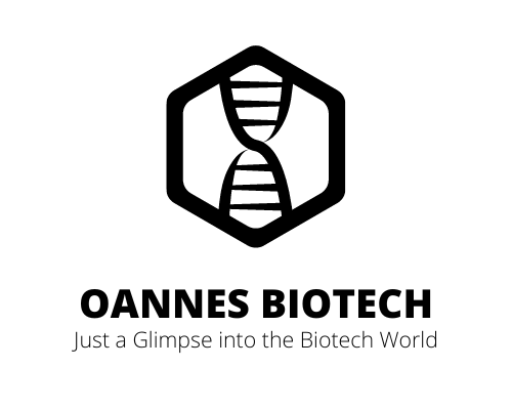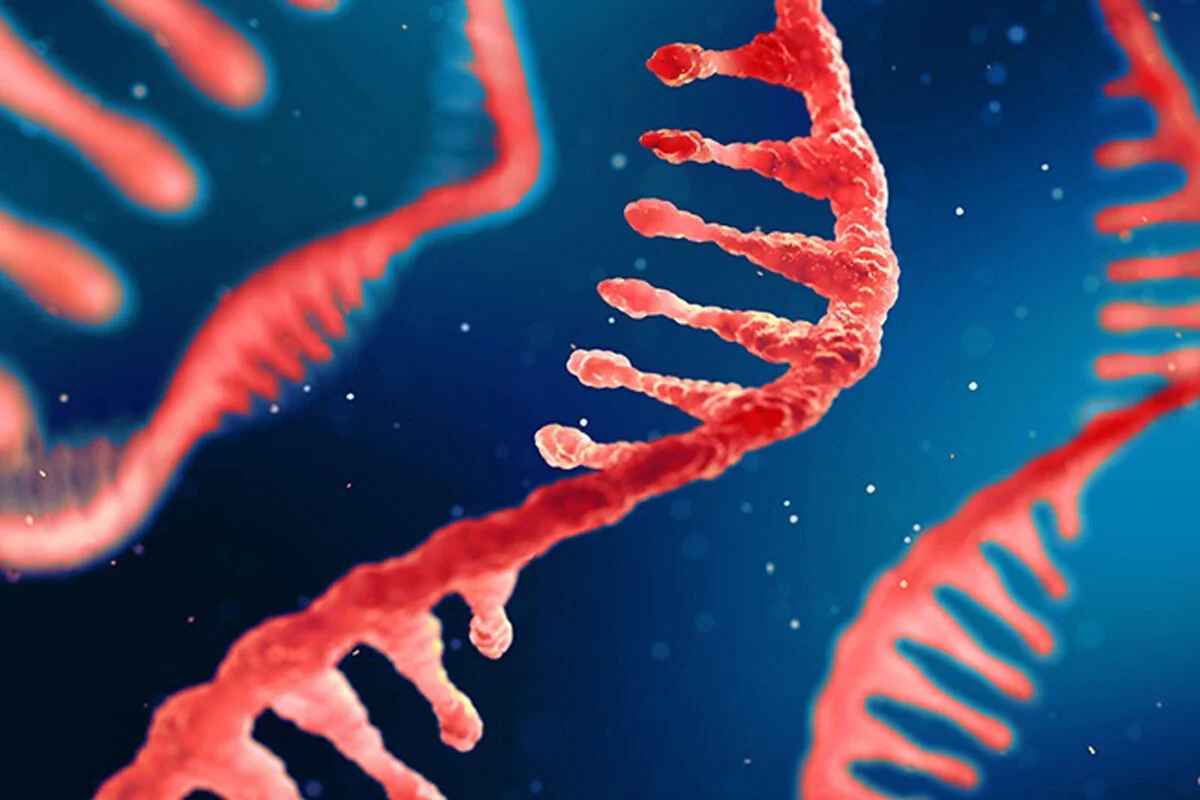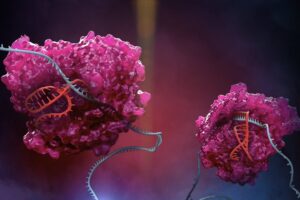In the realm of genetic medicine, where breakthroughs often pave the way for revolutionary treatments, a new genomic technique has emerged, promising to complement the strides made with the CRISPR-Cas technology. Recently published in the prestigious journal Nature Biotechnology, a study titled “Harnessing Eukaryotic Retroelement Proteins for Transgene Insertion into Human Safe-Harbor Loci” unveils the potential of PRINT, a technique leveraging retrotransposons to insert genes into the human genome in sites considered safe.
Replacing or inserting genes
The recent approval of a CRISPR-Cas9 treatment for sickle cell disease underscores the efficacy of gene editing technologies in targeting and deactivating specific genes to treat inherited illnesses. However, while CRISPR excels in disabling genes, it falls short in replacing or inserting entire genes into the genome. This is where PRINT comes in, offering a complementary approach by harnessing the unique ability of retrotransposons to insert genes into genomic “safe harbors” without disrupting essential genes or risking cancer development.
A Retrotransposon into a safe harbor
Retrotransposons, also known as retroelements, constitute a significant portion of the human genome, comprising a portion of about 40%. Despite being often dismissed as “junk DNA,” some retrotransposons possess the remarkable capability to insert entire genes into the genome. PRINT capitalizes on this feature, inserting a new DNA into a cell using delivery methods similar to those used for CRISPR-Cas9. The platform contains the R2 protein, a common retroelement protein with multiple active components, including a nickase and a reverse transcriptase, plus another RNA used as template for the insertion of the transgene DNA.
A key advantage of PRINT lies in its ability to target a specific area of the genome as a “safe harbor.” By utilizing the R2 protein, in fact, PRINT inserts transgenes into the nucleolus, a region of the genome containing multiple copies of the genes for ribosomal RNAs. Consequently, disrupting one or a few of these redundant copies minimally impacts cellular function, mitigating the risk of adverse effects.
Kathleen Collins, professor of molecular and cell biology at the University of California, Berkeley, and head of the project, emphasizes the distinction between PRINT and traditional gene editing approaches: “We’re not knocking out a gene function. We’re not fixing an endogenous gene mutation. We’re taking a complementary approach, which is to put into the genome an autonomously expressed gene that makes an active protein —to add back a functional gene as a deficit bypass. It’s transgene supplementation instead of mutation reversal. To fix loss-of-function diseases that arise from a panoply of individual mutations of the same gene, this is great.”
Origin from birds
The choice of a specific retrotransposon is critical for the success of PRINT. While many retrotransposons have been explored for gene therapy, Collins and her team focused on R2, a retroelement found in birds. Through meticulous screening of animal genomes, they identified R2 variants highly targeted to human genomic regions and efficient at inserting long DNA sequences.

Interestingly, mammals lack R2 in their genomes, yet possess the binding sites required for R2 insertion, suggesting an evolutionary divergence. “After chasing dozens of them, the real winners were from birds,” said Collin, referring to their search which included R2 variants from the zebra finch and the white-throated sparrow [Fig. 1] that demonstrated promising efficiency.
The efficacy of PRINT was demonstrated through experiments where R2 protein and a template RNA were transfected into human cells, resulting in successful insertion of functional transgenes. Importantly, these transgenes integrated into the rDNA regions of the genome without disrupting essential cellular functions.
The choice of rDNA regions as insertion sites offers additional advantages beyond genomic stability. These regions, clustered within the nucleolus, serve as centers for ribosome biogenesis and DNA repair. The nucleolus is a privileged environment, as it is a giant ribosome biogenesis center with robust DNA repair mechanisms that minimizes oncogenic risks associated with gene insertion.
Conclusions and future prospectives
Despite the promising results, questions remain regarding the biology of rDNA transcription and the potential impact of disrupting multiple rDNA genes. Collins acknowledges the need for further research to optimize PRINT for clinical applications, because although it works a deeper understanding of rDNA biology is still needed to fully harness the potential of this platform.
However, PRINT represents a significant advancement in gene therapy, offering a precise and efficient method for inserting functional genes into the human genome. With further refinement and understanding, PRINT holds the promise of addressing a wide range of genetic disorders, providing hope for patients worldwide.




